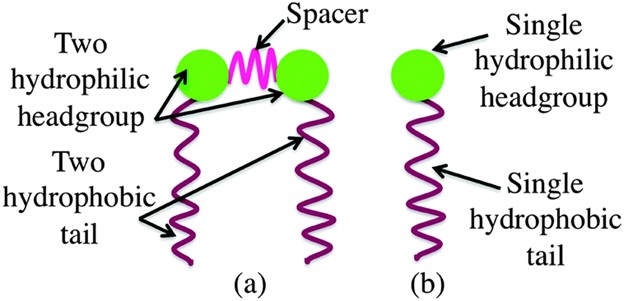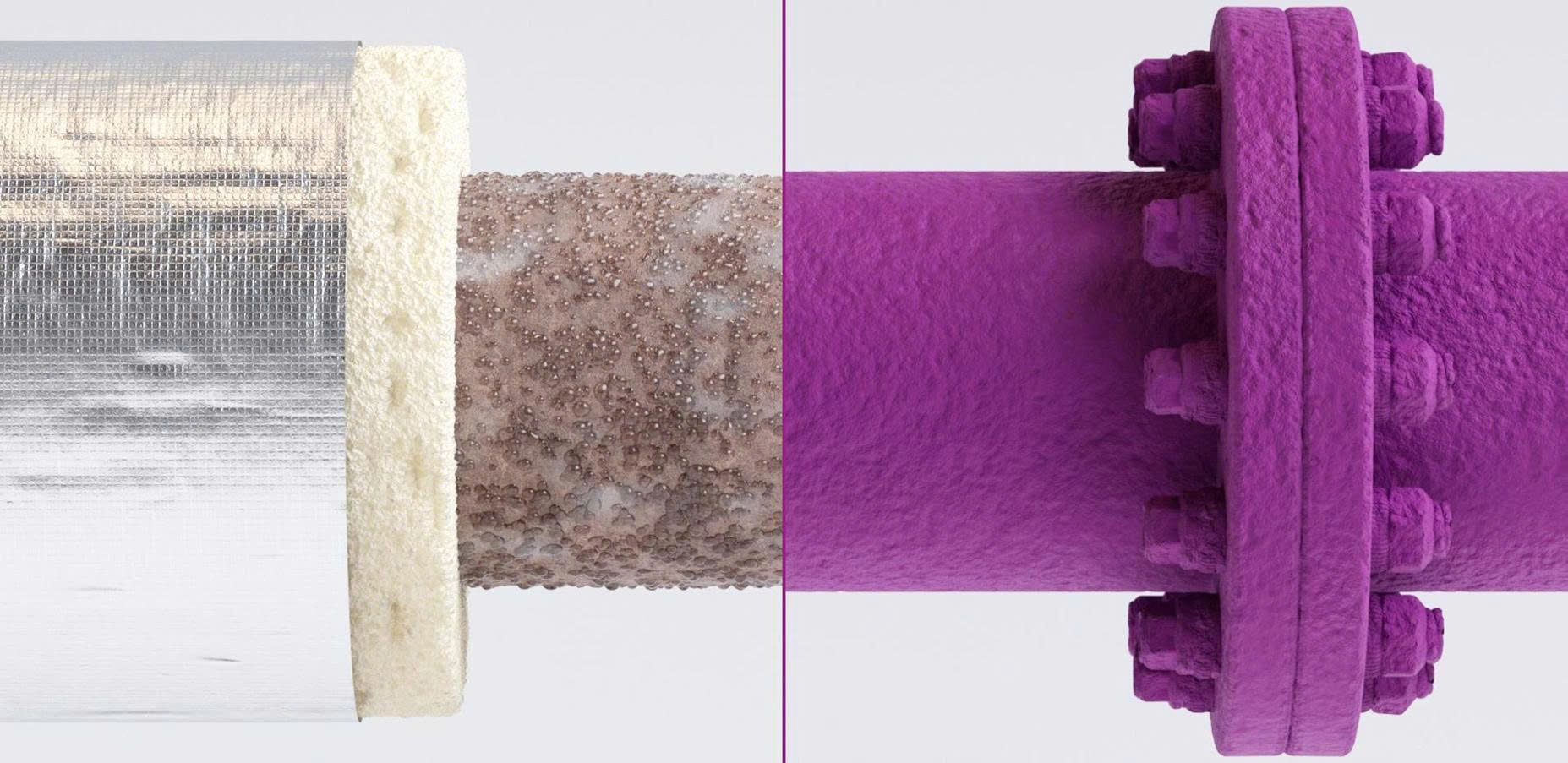
Globally, there is a growing push for a greener, pollution-free environment. It has become clear that only eco-friendly initiatives across all industries can create a healthier world for future generations.
Before we dive into the details, let’s first understand what waterborne paints are. Waterborne paints use water as a solvent to dissolve resins, binders, additives, and pigments, allowing the mixture to be sprayed onto surfaces. While the composition varies, it typically consists of 80% water, with small amounts of other solvents like glycol ethers. So, while waterborne paint is not entirely water, it significantly reduces the use of harmful solvents, with water making up the majority. During the curing process, the water and solvents evaporate, leaving the pigments and resins to adhere to the surface.
Today, waterborne coatings have become the industry standard for dry cargo containers. Due to new environmental regulations, container production lines have phased out traditional solvent-based coatings and adopted waterborne systems, which are much more eco-friendly.
These container coating systems include an epoxy zinc-rich primer, which provides excellent anti-corrosive protection. It also ensures strong adhesion and durability, allowing for smooth application of subsequent layers.
While waterborne coatings are widely used in major production facilities, the technology continues to evolve. Manufacturers are constantly refining their techniques to enhance production efficiency, workability, and profitability.
There are several key advantages of switching to waterborne coatings for shipping containers:
- Durability and corrosion protection: Waterborne coatings offer corrosion resistance comparable to solvent-based paints.
- Environmental friendliness: These paints have significantly lower levels of Volatile Organic Compounds (VOC), making them less harmful to the environment.
- Compliance with regulations: They meet strict environmental regulations.
- Aesthetic options: Waterborne coatings come in various color shades, enhancing the visual appeal of containers.
- Workplace safety: Waterborne systems are safer to handle, reducing the risk of accidents and ensuring safe working conditions.
- Safe storage and transportation: With lower levels of flammable solvents, these coatings are safer to store and transport.
There are some challenges in using waterborne coatings, such as managing airflow and drying time to prevent flash rusting. However, advancements in technology are addressing these issues, with continuous improvements by paint companies and container manufacturers.
In conclusion, waterborne paints have proven to be a practical and economical alternative to solvent-based paints. They meet environmental regulations, improve workplace safety, and enhance employee well-being.
In the container industry, these coatings are especially valuable. They protect containers exposed to marine environments from corrosion and maintain their appearance for extended periods. As global interest in environmental protection grows, there is increasing demand for reducing VOC emissions in container manufacturing.
China, which produces 93% of the world’s containers, implemented a policy starting on April 1, 2017, requiring water-soluble paints to be used in the production of cargo containers, marking a significant shift toward greener practices in the industry.



